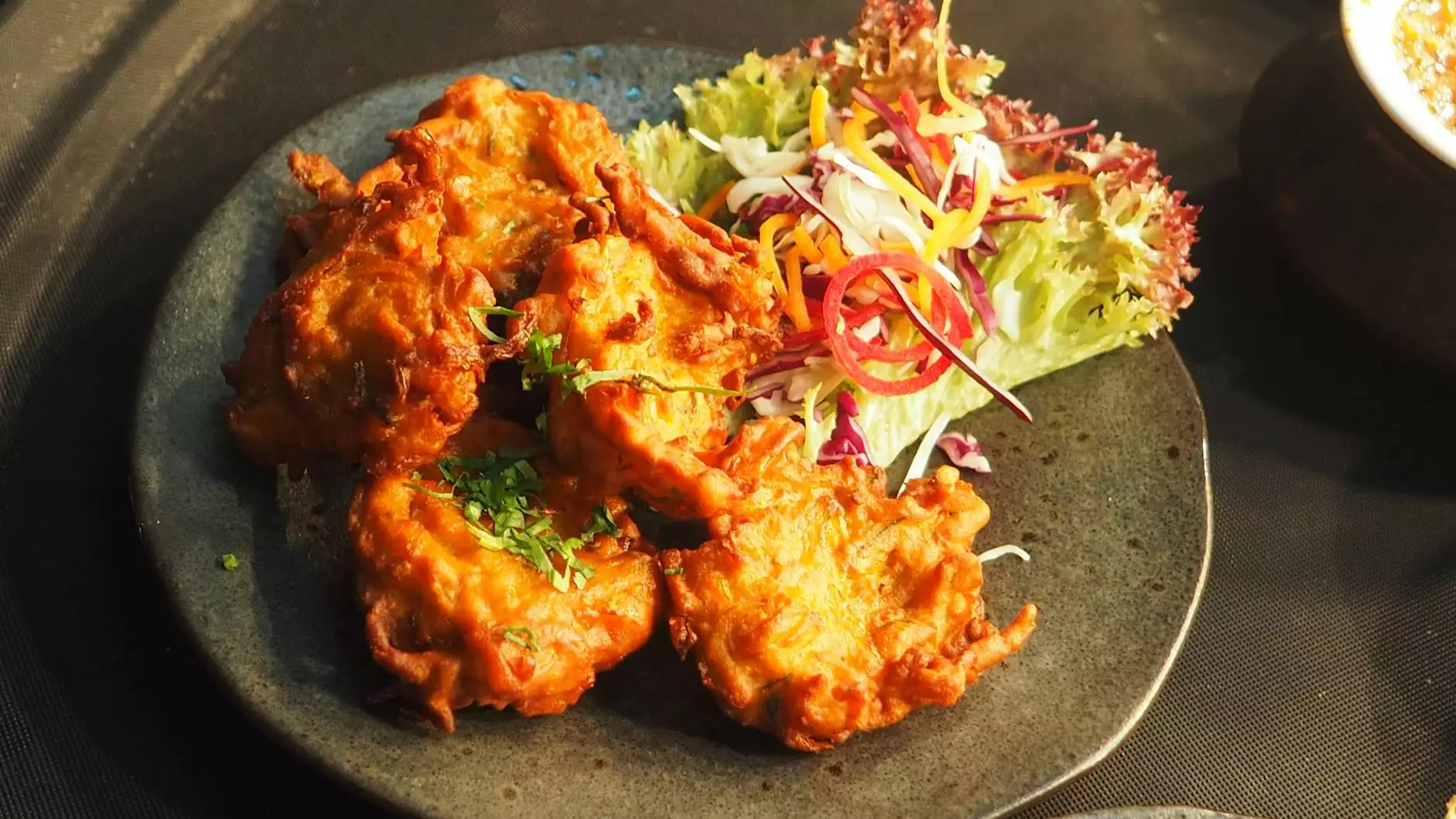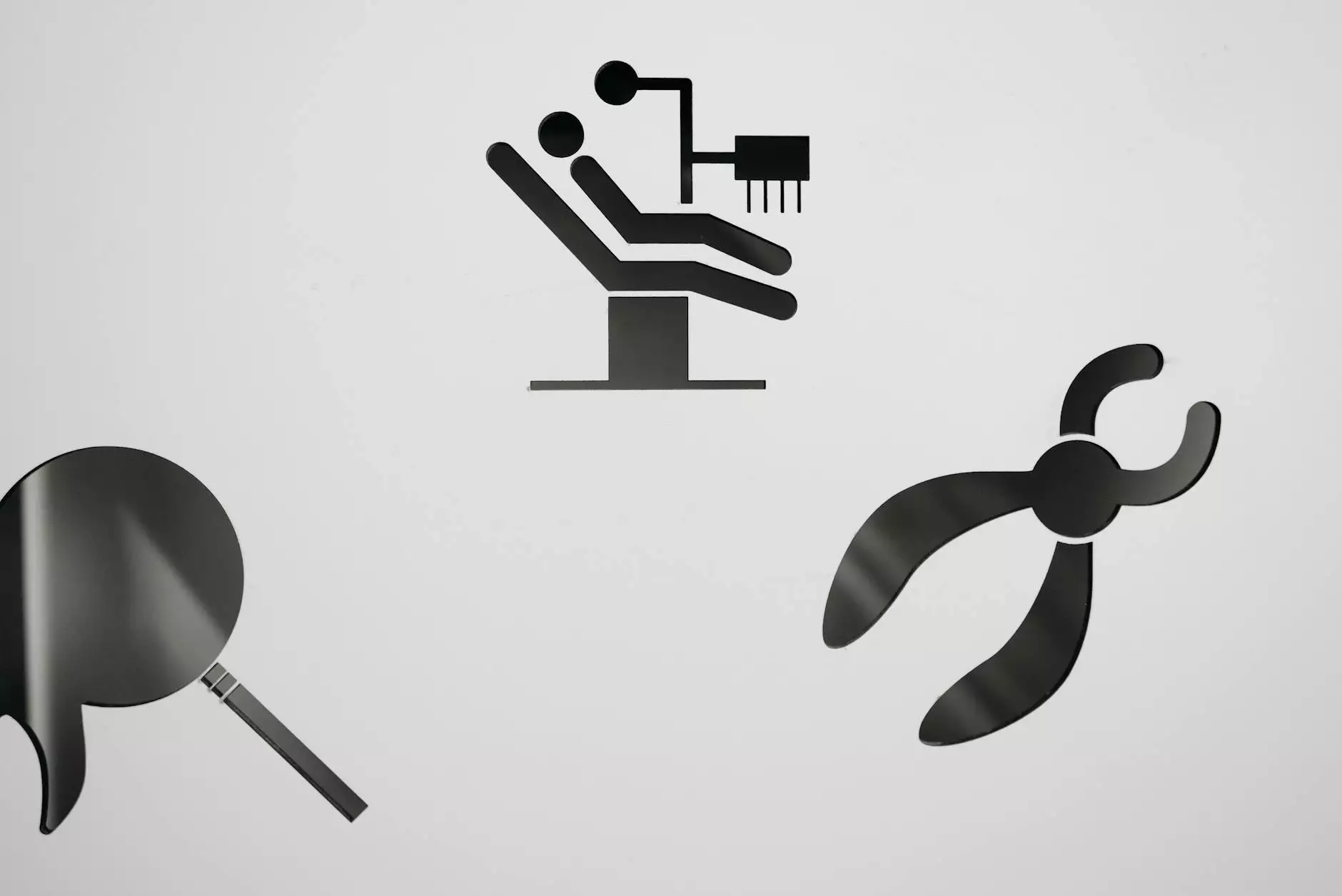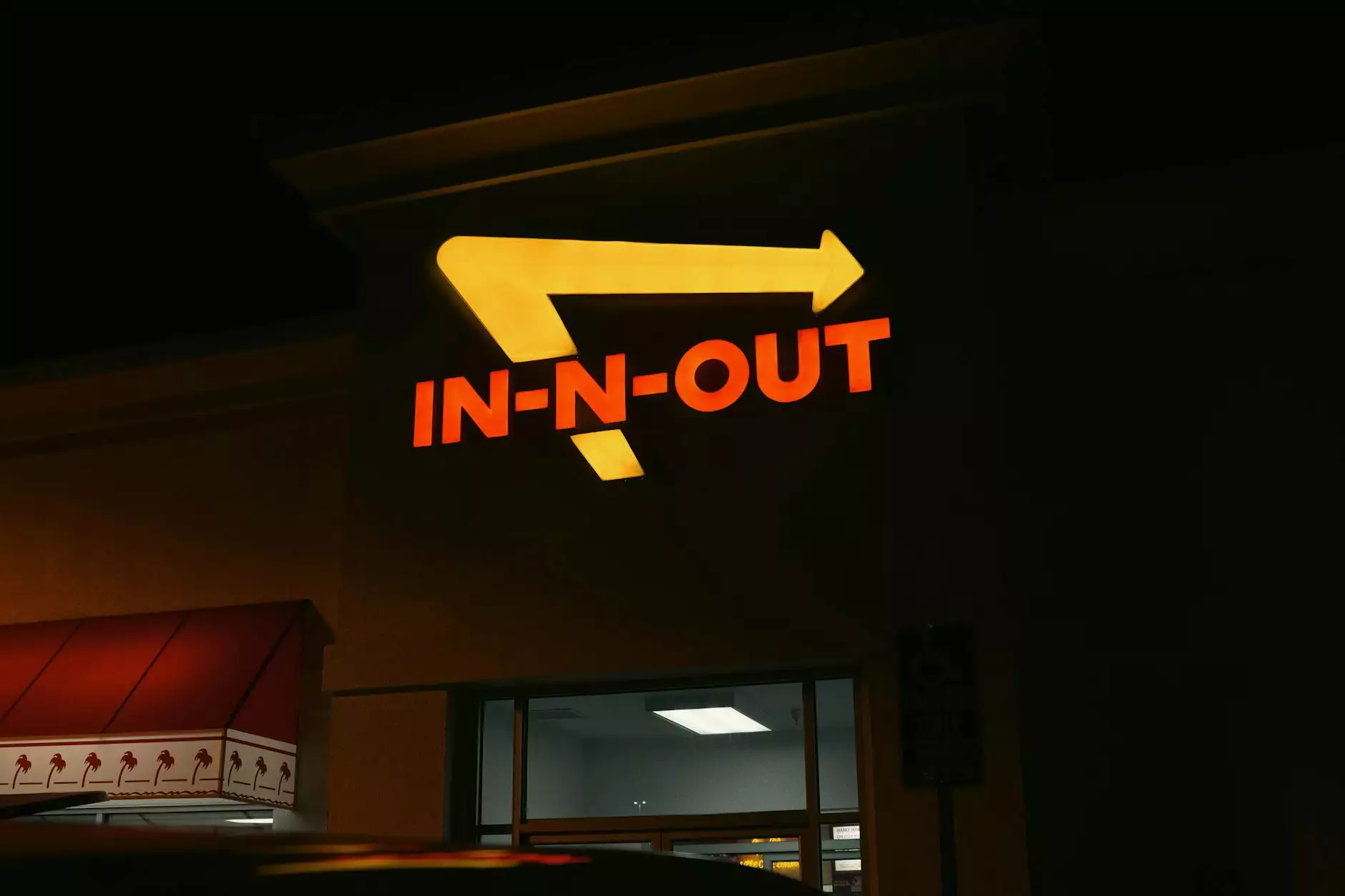The Ultimate Guide to Achieving the Perfect Fry

Perfect fry – these two words are every chef's aspiration, especially in the bustling world of restaurants and catering services. Whether you are preparing golden, crispy French fries or succulent fried chicken, mastering frying techniques can elevate your culinary expertise and satisfy your customers' cravings. In this in-depth article, we will explore everything you need to know about achieving that coveted perfect fry.
Understanding the Art of Frying
Frying is not just about submerging food in hot oil; it's a culinary art that demands precision and technique. The perfect fry involves several critical elements:
- Oil Temperature: The temperature of the oil is crucial. Too hot, and your food will burn; too cold, and it will absorb too much oil and become greasy.
- Oil Type: The type of oil used can dramatically affect the taste and quality of the fry. Consider oils with high smoke points like canola or peanut oil for frying.
- Preparation: Properly preparing your food before frying, such as drying surfaces and seasoning adequately, contributes to achieving the perfect fry.
The Science Behind the Perfect Fry
Frying involves complex physics and chemistry. When food is submerged in hot oil, several things happen:
- Moisture Evaporation: The heat from the oil causes moisture in the food to evaporate rapidly, creating a crispy exterior while maintaining a juicy interior.
- Maillard Reaction: This chemical reaction between amino acids and reducing sugars gives fried food its distinctive flavor and rich brown color.
- Fat Absorption: Understanding how fat interacts with food during frying can help you choose the right frying techniques to minimize grease absorption.
Selecting the Right Ingredients for the Perfect Fry
The journey to a perfect fry begins with choosing the right ingredients. Here are some tips for selecting the best components:
1. Choosing the Right Potatoes
For French fries, the potato variety is essential. The best potatoes for frying typically have higher starch content. Consider using:
- Russet Potatoes: Known for their high starch content and low moisture, perfect for achieving that crispy texture.
- Yukon Gold Potatoes: These provide a creamy interior and work well for a softer fry.
2. Freshness is Key
Always opt for fresh ingredients. Fresher ingredients not only taste better but also fry better. Ensure that your vegetables and proteins are high-quality and free from blemishes.
Essential Frying Techniques
Now that we understand the basics of frying, let's dive into the techniques that lead to the perfect fry.
1. Double Frying Technique
The double frying technique is a professional secret that guarantees crispiness:
- First Fry: Fry at a lower temperature (around 300°F) to cook the food through. This step helps to prevent oil penetration.
- Rest: Remove the food and let it cool for a few minutes.
- Second Fry: Increase the oil temperature (to 375°F) and fry again until golden and crispy.
2. Batch Frying
Never overcrowd the fryer. Fry in batches to maintain consistent oil temperature and achieve an even fry.
3. Using a Thermometer
Investing in a good thermometer can take the guesswork out of frying. Aim for an oil temperature that stays constant throughout the cooking process.
Tips for Maintaining Oil Quality
Quality oil is essential for achieving the perfect fry. Here are some tips for maintaining your frying oil:
- Regular Filtering: Filter oil regularly to remove food particles that can burn and alter the flavor.
- Monitor Smoke Point: Avoid heating oil past its smoke point, which can produce off-flavors and harmful compounds.
- Proper Storage: Store oil in a cool, dark place to extend its life.
Creative Variations for Perfect Frying
Now that you understand the fundamentals, why not experiment? Here are a few creative ideas to enhance your frying repertoire:
1. Seasoning Your Fries
Take your fries to the next level by experimenting with different seasonings:
- Garlic and Parmesan: Toss fries in garlic powder and freshly grated Parmesan for an umami boost.
- Cajun Seasoning: Add a spicy kick with a blend of paprika, cayenne, and garlic powder.
2. Alternative Frying Methods
Consider different frying methods such as air frying for a healthier option that still provides a satisfying crunch.
Conclusion: Perfecting Your Frying Skills
Achieving the perfect fry may seem daunting, but with the right techniques, ingredients, and a bit of practice, you can elevate your restaurant or catering dishes to new heights. By understanding the science behind frying, selecting quality ingredients, mastering techniques, and maintaining oil quality, you can create stunning and delicious fried food that will please any palate.
Invest time in refining your skills, and soon, your patrons will be raving about the crispy, flavorful masterpieces you serve them. The perfect fry is not just a technique; it's an experience that can set you apart in the competitive culinary landscape.









